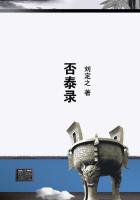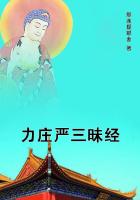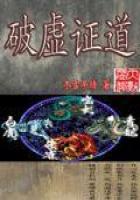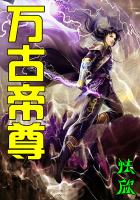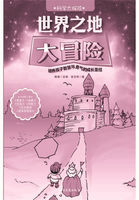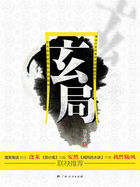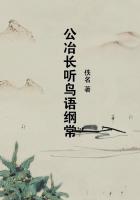Animals come next in order of creation, and the general notion of the writer seems to be that they were produced by the medium in which they live; that is to say, the aquatic animals by the waters, and the terrestrial animals by the land. But there was a difficulty about flying things, such as bats, birds, and insects. The cosmogonist seems to have had no conception of "air" as an elemental body. His "elements" are earth and water, and he ignores air as much as he does fire. Birds "fly above the earth in the open firmament" or "on the face of the expanse" of heaven. They are not said to fly through the air. The choice of a generative medium for flying things, therefore, seemed to lie between water and earth; and, if we take into account the conspicuousness of the great flocks of water-birds and the swarms of winged insects, which appear to arise from water, Ithink the preference of water becomes intelligible. However, Ido not put this forward as more than a probable hypothesis.
As to the creation of aquatic animals on the fifth, that of land animals on the sixth day, and that of man last of all, I presume the order was determined by the fact that man could hardly receive dominion over the living world before it existed;and that the "cattle" were not wanted until he was about to make his appearance. The other terrestrial animals would naturally be associated with the cattle.
The absurdity of imagining that any conception, analogous to that of a zoological classification, was in the mind of the writer will be apparent, when we consider that the fifth day's work must include the zoologist's <i>Cetacea, Sirenia,</i> and seals,<12> all of which are <i>Mammalia;</i> all birds, turtles, sea-snakes and, presumably, the fresh water <i>Reptilia</i> and <i>Amphibia;</i> with the great majority of <i>Invertebrata.</i>
The creation of man is announced as a separate act, resulting from a particular resolution of Elohim to "make man in our image, after our likeness." To learn what this remarkable phrase means we must turn to the fifth chapter of Genesis, the work of the same writer. "In the day that Elohim created man, in the likeness of Elohim made he him; male and female created he them;and blessed them and called their name Adam in the day when they were created. And Adam lived an hundred and thirty years and begat <i>a son</i> in his own likeness, after his image;and called his name Seth." I find it impossible to read this passage without being convinced that, when the writer says Adam was made in the likeness of Elohim, he means the same sort of likeness as when he says that Seth was begotten in the likeness of Adam. Whence it follows that his conception of Elohim was completely anthropomorphic.
In all this narrative I can discover nothing which differentiates it, in principle, from other ancient cosmogonies, except the rejection of all gods, save the vague, yet anthropomorphic, Elohim, and the assigning to them anteriority and superiority to the world. It is as utterly irreconcilable with the assured truths of modern science, as it is with the account of the origin of man, plants, and animals given by the writer of the second chief constituent of the Hexateuch in the second chapter of Genesis. This extraordinary story starts with the assumption of the existence of a rainless earth, devoid of plants and herbs of the field. The creation of living beings begins with that of a solitary man; the next thing that happens is the laying out of the Garden of Eden, and the causing the growth from its soil of every tree "that is pleasant to the sight and good for food"; the third act is the formation out of the ground of "every beast of the field, and every fowl of the air"; the fourth and last, the manufacture of the first woman from a rib, extracted from Adam, while in a state of anaesthesia.
Yet there are people who not only profess to take this monstrous legend seriously, but who declare it to be reconcilable with the Elohistic account of the creation!
<end quote>

